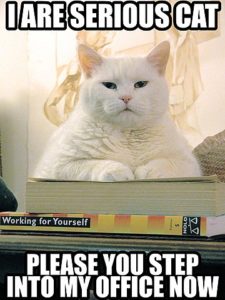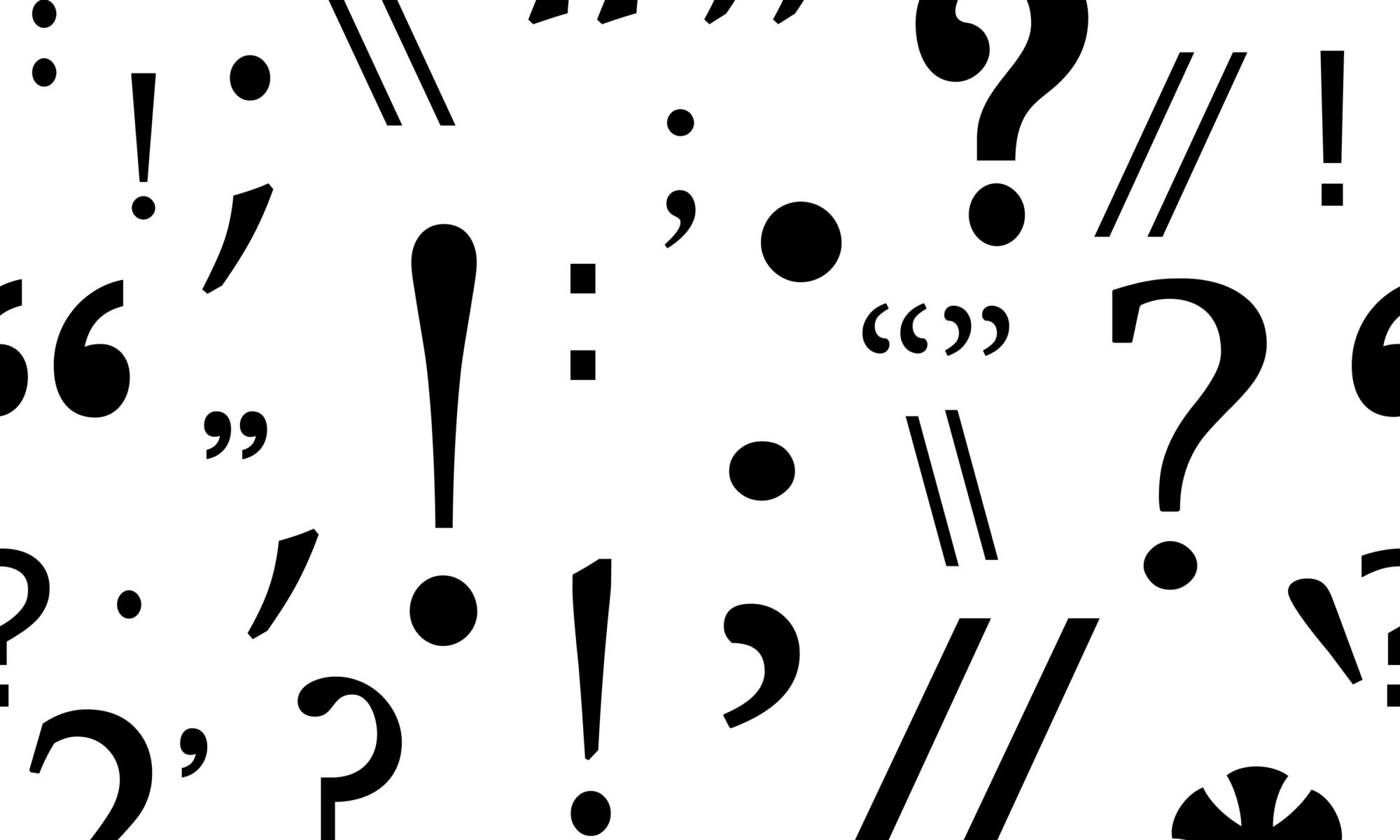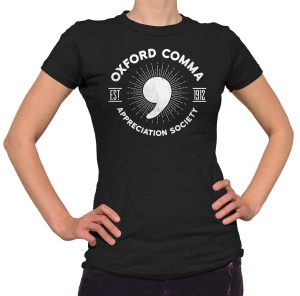
As any parent will tell you, negation is not a difficult concept for children to learn. Two-year-olds are particularly fond of it, using that powerful word “NO!” at every opportunity. Maybe it’s because we learn negation so easily that we usually don’t give it much thought. It’s simple, right? You have no and not to use with nouns and verbs, respectively:
We have no milk today.
We do not have milk today. (usually contracted in colloquial speech into We don’t have milk today.)
And of course there are a whole bunch of other clearly negative words: neither, never, no one, nobody, none, nor, nothing, nowhere. When we talk, it’s not usually too difficult to figure out which part of a sentence is being negated: we have the context of the conversation and can add emphasis to the word or words in question. But since we can’t do that in writing, it can sometimes get difficult to figure out what exactly is being negated. Consider this example:
I didn’t see a man in a blue T-shirt.
This could mean any of the following!
I didn’t see the man, but everyone else did.
I didn’t see him, but you thought I did.
I didn’t see him; I was looking away.
I did’t see him; I saw another man.
I didn’t see a man in a blue T-shirt; it was a woman.
I didn’t see a man in a blue T-shirt; it was red.
I didn’t see a man in a blue T-shirt; it was a polo shirt.
Whew! This is an extreme example, but it points out the importance of placing negatives carefully in your writing. Usually it’s best to put the negative as close as possible to the part of the sentence that you want to negate. Take, for example, this sentence:
All dogs don’t like cheese.
This certainly isn’t true—I’ve owned many dogs, and cheese has been a favorite treat of every one of them. What the author probably meant was:
Not all dogs like cheese.
If moving the negative is not possible, then consider adding more to the sentence to clarify it:
I don’t play tennis.
Does this mean something like I don’t play tennis because I never learned, but I like to watch it? Or is it more along the lines of I don’t play tennis; I play soccer (emphasizing which sport the speaker plays). Whichever variant you intend, the fuller version of the sentence will be clearer.

In addition to the clearly negative words listed above, there are others that, while not overtly negative on the surface, in practice carry a negative connotation: few, hardly, little, least, rarely, scarcely, seldom, and verbs such as doubt, deny, refute, avoid, and ignore. Be wary of using any of these or similar words in connection with a negative—the end result can be confusing:
Few people would not deny that they like tripe.
There’s a lot to sort out here! We have two of the negative connotation words: few and deny, as well as a clear negative, not. It’s much clearer to use a positive verb:
Few people would admit that they like tripe.
(And my apologies, by the way, to anyone who does like tripe. I’m a pretty adventurous eater, but that’s one food I just can’t do.)

In my opinion, the absolute worst examples of sentences overloaded with negative connotation words that cause confusion are those describing legal decisions:
The appeals court struck down the town’s restrictions banning giant inflatable Santa lawn decorations.
Wait, what?! What the heck does this mean? Do I have to run outside and take mine down right now? Let’s start at the end of the sentence and work backwards to pick this one apart. First, we have the restrictions banning the decorations. Makes sense—restrictions often ban something—but to help keep things clearer, let’s change it to a more neutral word: regulations. So, the town had regulations in place saying that you can’t have them—but now a higher court has struck down those regulations—they are no longer in force. So we’re in the clear, and we can keep Santa on the lawn, hooray!
So keep a sharp eye on your negatives and on those words with negative connotations. And be on the lookout for confusing examples in the wild—please feel free to share them below!

















 for these verb forms. Do these examples sound natural to you? If not, what do you usually tend to say? Feel free to comment below–let’s get a discussion going!
for these verb forms. Do these examples sound natural to you? If not, what do you usually tend to say? Feel free to comment below–let’s get a discussion going!










